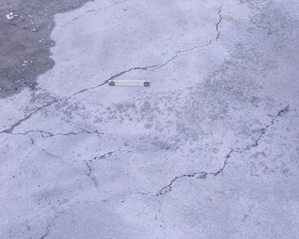A practical approach for reducing the risk of plastic shrinkage cracking of concrete
DOI:
https://doi.org/10.21809/rilemtechlett.2017.45Keywords:
Fresh concrete, Plastic shrinkage cracking, Evaporation rate, Bleeding, Crack mitigationAbstract
In this letter, a conventional method for mitigation of plastic shrinkage of fresh concrete based on comparing bleeding and evaporation rates (the former based on the commonly observed values of bleeding rate and the latter estimated by means of the commonly-used ACI nomograph) is critically assessed. It is shown that even if the initial bleeding rates are sufficiently high (i.e. higher than the evaporation rates), cracking may still occur if all the bleed water is lost by evaporation between the times of initial and final set, leading to the rise of capillary pressure. An alternative and more conservative method should be thus based on the total (accumulated) amount of bleed water compared to the total amount of evaporated water. The former should take into account the concrete’s properties and the geometry of the member, while the latter can be assumed based on the nomograph method.

Downloads
Published
How to Cite
Issue
Section
License
Authors retain copyright of the articles published in RILEM Technical Letters and grant the journal the right of first publication with open access. The work is simultaneously licensed under Creative Commons Attribution 4.0 International License (CC BY 4.0) that allows others to share and adapt the work under the following terms: 1) a proper attribution is given in a form of bibliographic record with the DOI link directing to RILEM Technical Letters; 2) a link to the license is provided; 3) the changes (if any) are indicated.









